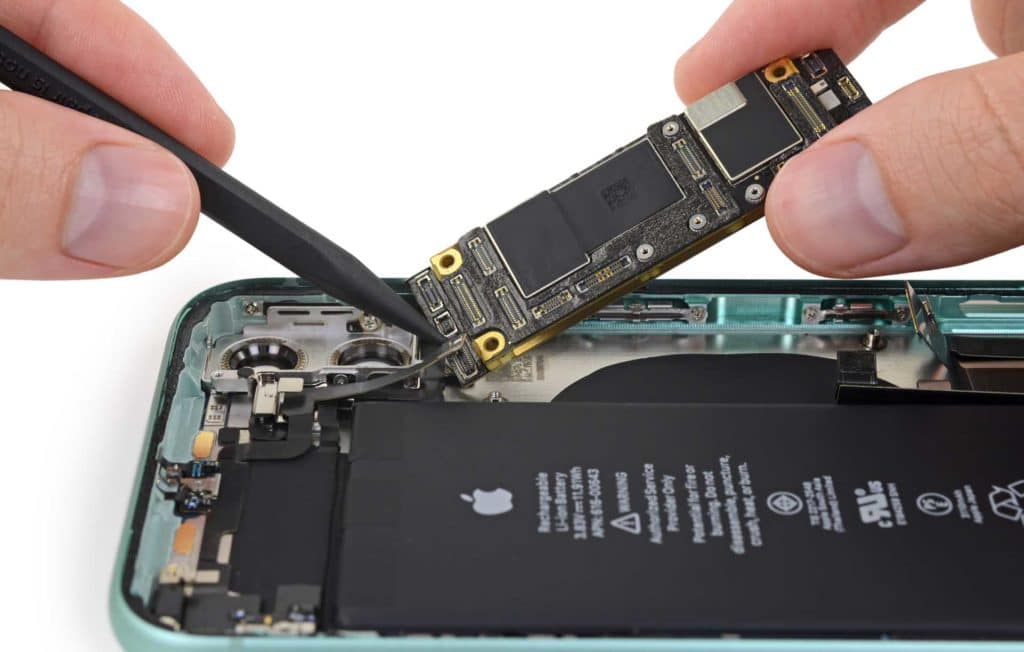
Earlier this month Apple released three new iPhones. In true Apple fashion, the company didn’t mention detailed specifications during the event. iFixit has put the iPhone 11 under the knife and has revealed a bunch of important stuff related to the new device.
The iPhone 11 Pro teardown had revealed a second battery connector, however the same is not present on the iPhone 11. It is quite possible that Apple has decided to bake in the bilateral charging feature on iPhone 11 Pro. However, in a much later stage, they might have decided against the feature. In other words, the bilateral charging feature was meant for iPhone 11 Pro and Pro Max.
Despite the lack of a second battery connector, we can’t help but stare at this charging coil and wonder what might have been. If bilateral charging were included in the final production design, we wouldn’t necessarily expect to see a radically altered coil—but a bigger battery and additional thermal management would almost certainly be required, as reverse wireless charging is thirsty and inefficient, throwing off a lot of heat. In the case of the standard iPhone 11, we’re not seeing it.
Furthermore, the iPhone 11 teardown reveals that Apple has borrowed quite a lot from the iPhone 11 Pro. To begin with, the iPhone 11 is powered by Apple’s A13 Bionic chip and the RAM is likely to be of 4GB. Also present is a chip numbered I7J9, which is likely to be the new U1 wireless positioning chip from Apple.

At the time of unveiling, Apple highlighted battery improvements on the new iPhones. The iPhone 11 comes equipped with a 3,110mAh battery which is 7% more than that of its predecessor. Moving on, the teardown reveals ultrawide sensors offering better shutter speeds, wider ISO range, and the new Night Mode capability.
In conclusion, the iPhone 11 iFixit repairability score is 6 out of 10. The display replacement is easier and higher IP rating ensures better protection. On the downside, front and back glass increase the chances of breakage and the whole case needs to be swapped in order to replace the rear glass.
[via iFixit]